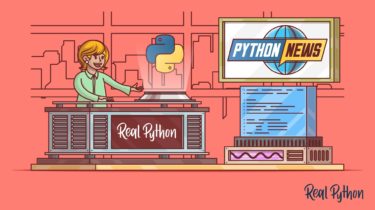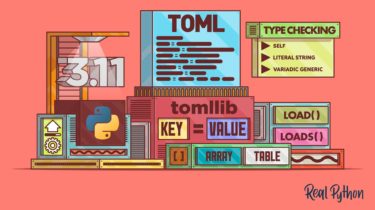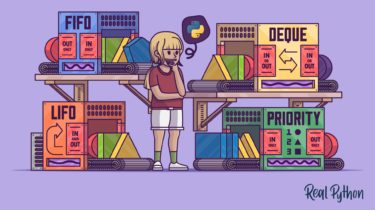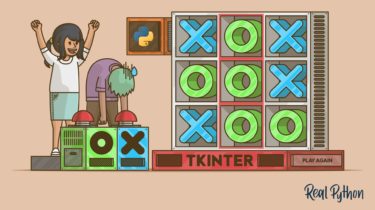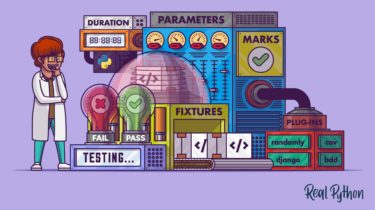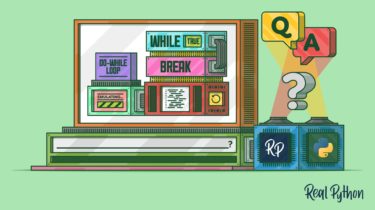Python News: What’s New From June 2022
June 2022 brought a flurry of exciting news for the Python community! The PSF received funding for a new role focused on security, and held elections for four seats on the board of directors. Results from two important developer surveys were published, and new versions of both Python and some popular packages saw the light of day. PEP 691 got accepted, extending the Simple API for Python packaging indexes. With the Python 3.12 change page live, you can now start […]
Read more